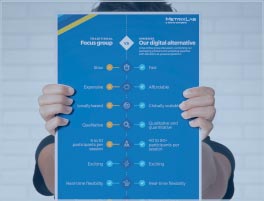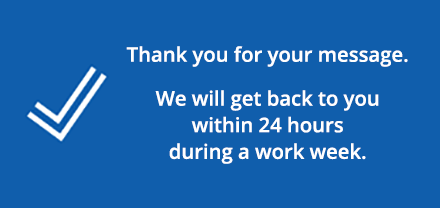Who’s the brand captain on this ship?
Andy Santegoeds Column
Paul Kalanithi is in hospital in Stanford, California. He is a patient with terminal lung cancer. Paul is also a brain surgeon at the same hospital. A small army of medical specialists appear around his hospital bed. They discuss Paul’s medical condition, his medication and countless lab test results, and order new tests in order to gather even more data. Meanwhile, Paul tries to take control of his own situation as much as possible. He is both the patient and the practitioner.
In a moment of clarity he realizes that things can’t continue like this: “With this many voices, this cacophony results. In medicine this is known as the WICOS problem: Who Is the Captain Of the Ship?” he writes in his moving autobiography ‘When Breath Becomes Air’.
As a brain surgeon – after ten intense years of study and internships – Paul could take his pick of jobs. This was also the case in 2015, when his book came out. And it will still be the case ten years from now too, according to ‘The future of employment’. In this publication, researchers from Oxford map out the effect of automation on 702 different types of job. They examined factors such as social intelligence, creative intelligence and task control based on perception to determine how susceptible jobs are to computerization. Surgeon is in the top 15 jobs established as being least susceptible. Marketing manager and art director are in the top 100. Researcher and statistician are in around 200th place, and advertising sales executive in around 300th. Jobs that are in jeopardy include shop clerk (no. 570), watch repairer (697) and telemarketer (702).
So, marketers and their consultants do not have to fear that their jobs will be stolen by robots anytime soon. However, the type of work they do is changing. Marketers will have to deal even more with quickly changing conditions both within and outside of their organizations. They will need to deal with a huge influx of data, and a rapidly growing group of specialists (internal and external) in a team whose members work flexible hours in different locations. And that list of changes is only getting longer. That puts a lot of pressure on brands’ organizational models, communications and people.
Brands have to become more unambiguous, so that everyone who works for them knows and understands their DNA. Only then can they quickly determine what is right and a good fit for their brand. Consistent communication is needed when shifting consumers from old to new channels as well, for only then will they recognize the brand across touchpoints. The recently published SWOCC* publication ‘Media Orchestration‘ (available in Dutch) provides a helpful step-by-step guide on how to achieve this. There are also the so-called automated tools, such as dynamic creative optimization, automated creatives, marketing automation and chatbots – each of them working with a set of rules – that can be used to help brands ensure their communications are consistent.
In many organizations, too many people have their own opinion about the brand and a cacophony of discussions about it can ensue without any direction. Internal communication has a key role to play here in ensuring people within the organization are fully aware of which path the brand is taking. There is also ample scope here for the brand captain to step up and solve the WICOS problem.
Andy Santegoeds is the Client Director at MetrixLab and a board member of SWOCC. This column was written for SWOCC and first published in Dutch at www.swocc.nl.
* The Foundation for Scientific Research on Commercial Communication, affiliated with the University of Amsterdam





